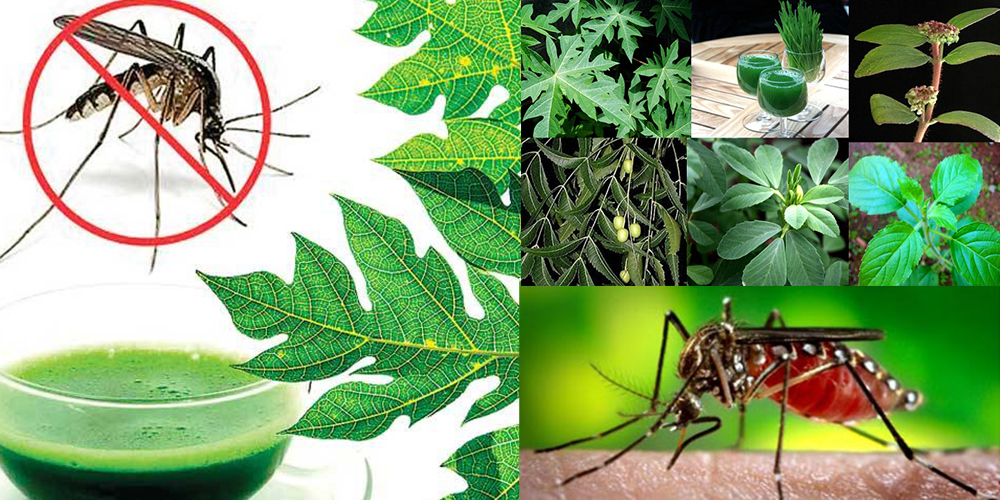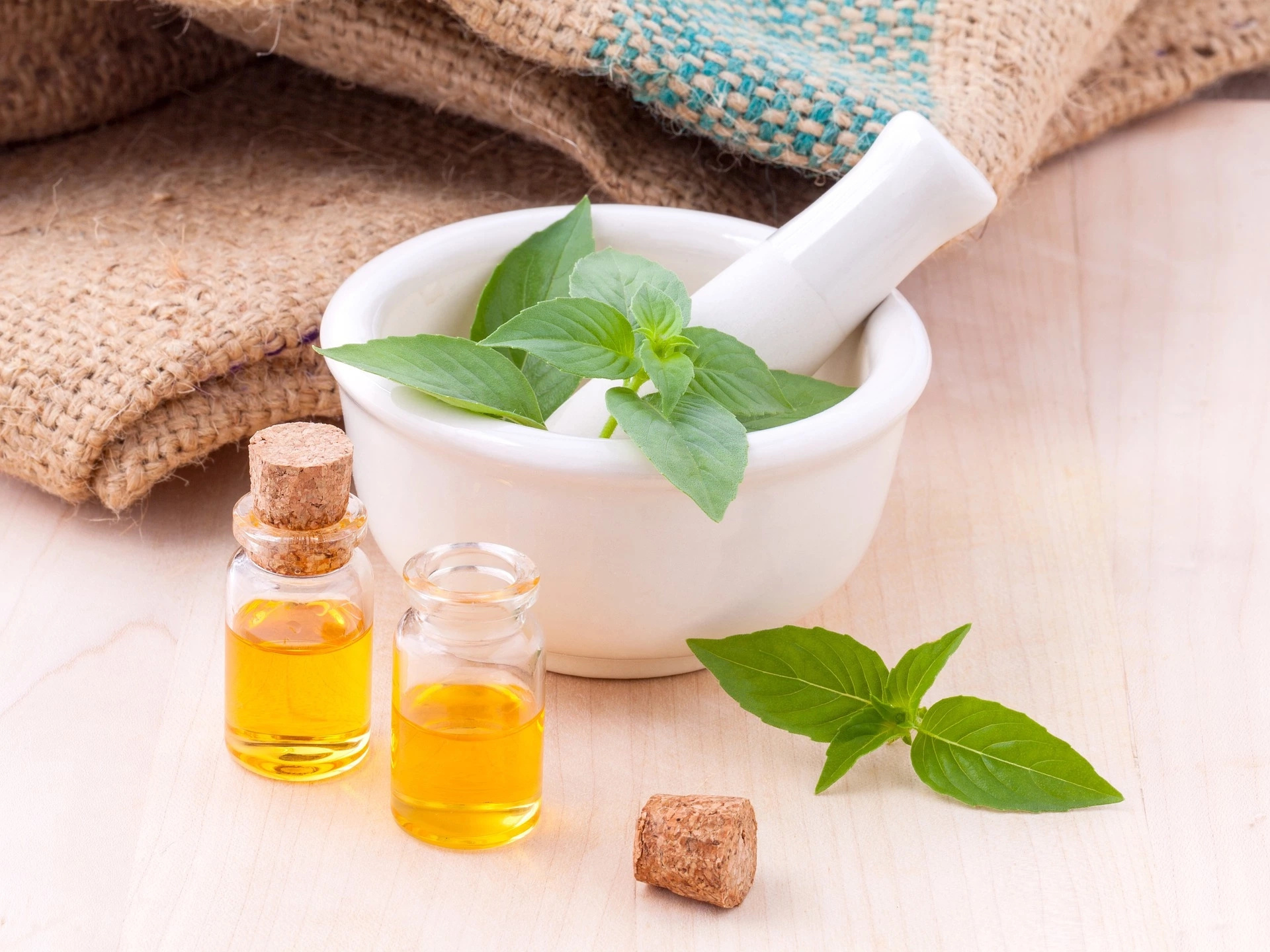Table of Content
Visit a healthcare center if you have a pre-existing condition. If you have a disease such as diabetes, anemia, a heart condition, or lung disease and you develop a high fever, you need to get checked out by a doctor. A fever is much more dangerous if you already have a condition that could be exacerbated by a fever. Get emergency medical help if you are an adult with a fever over 103 °F (39 °C). If your fever reaches above a temperature of 103 °F (39 °C), go to an emergency room or an urgent care facility for testing. You may need prescription medication or hospitalization.

Call the doctor if the fever doesn't respond to the medication or lasts longer than one day. Call the doctor if your child seems unusually irritable or lethargic or complains of significant discomfort. Read the label carefully for proper dosage, and be careful not to give your child more than one medication containing acetaminophen, such as some cough and cold medicines. Call the doctor if the fever doesn't respond to the medication or lasts longer than three days.
A Sponge Bath or Warm Bath
The CDC also recommends that you wear a high-quality mask for 10 days while indoors in public areas. If you have symptoms, stay home and in a separate room from others. If you don't have symptoms, you don't need to stay home and away from others . Wash your hands with soap and water often for at least 20 seconds. This is especially important to do after being in close contact or in the same room as the sick person. If soap and water aren't nearby, use a hand sanitizer that has at least 60% alcohol.

Visit our Coronavirus Resource Hub for the latest updates and guidance from leading health authorities on COVID-19 care. Read more on the controversy about using ibuprofen or acetaminophen to treat a fever with coronavirus in our blog post How to Treat a Fever at Home. Take 2 teaspoons of remaining liquid three times a day to help lower fever, instructs the book. Kudzu root is an herb used in traditional Chinese medicine. It has anti-inflammatory properties and may help reduce pain.
Aspirin Warning in Children
To treat a high fever with medicine at home, ask your physician which product is best for you or your family member. They can determine the correct dose to give based on the person’s age, body weight and history of other health conditions that may put them at risk for taking certain medications. The main coronavirus symptoms to know are fever, cough and shortness of breath.
DispatchHealth offers a safe and convenient way to receive professional fever treatment in non-life-threatening scenarios. Our urgent care service provides on-demand, in-home medical care to patients of all ages who don’t want to contend with germ-filled medical centers or long appointment wait times. Simply request care online, on our app, or over the phone, and a qualified medical team will be at your doorstep in a matter of hours. We can provide many of the same services as an emergency room and are equipped with the resources and expertise necessary to assist patients with complex health needs.
Lemon Juice Added to Honey
Usually a fever is of most concern with infants and children. You may also experience what’s known as unexplained fevers. These types of fevers continue for days or weeks and are called fevers of undetermined origin. In addition, medications, such as some antibiotics, antihistamines and seizure medicines, can cause a rise in temperature. Instead, try one layer of lightweight clothing and one lightweight blanket for sleep.
Cold and flu remedies containing this type of drug should be used with extreme caution in children and teens due to the risk of Reye's syndrome. Unless your healthcare provider tells you otherwise, aspirin should be avoided in children and teens because it can lead to a potentially deadly condition known as Reye's syndrome. Other methods may sound like a good idea, but end up not reducing a temperature or even causing concerning side effects. This article details each of the recommendations for how to break a fever as fast as possible at home.
Signs of Dehydration
Whenever the body's temperature is higher than the normal range, the condition is called fever. For adults, 98.6 degrees Fahrenheit, or 37 degrees Celsius is generally considered normal, however, this may differ from body type to body type. Some people tend to be on the higher end in terms of temperature.

The health care provider might suggest use of a home pulse oximeter, especially if the sick person has risk factors for severe illness with COVID-19 and COVID-19 symptoms. A pulse oximeter is a plastic clip that attaches to a finger. The device can help check breathing by measuring how much oxygen is in the blood. A reading of less than 92% might increase the need for staying in the hospital.
Serve the soothing drink to your child to reduce the fever. If you are an Indian, you must have heard your mother and grandmother preach about the medicinal benefits of onion. Onion not only helps in reduction of body temperature but also relieves the body of pains during fever. Simply cut one whole onion into thin slices and rub 2 to 3 pieces on your child’s feet for a few minutes. This process may be repeated twice a day to reduce fever. To take an informed decision, it’s important to understand why children have a fever.
You can also lower the temperature of the room you're in by opening a window or turning on the AC since high temperatures make fevers last longer. Try taking a 10-minute warm shower to regulate your body temperature so your fever goes away faster. If your fever persists, take a fever-reducing medication like ibuprofen or acetaminophen and go to sleep so your body heals quicker. The content of this article is not intended to be a substitute for professional medical advice, examination, diagnosis, or treatment.
Sotrovimab is the only available monoclonal treatment with activity against the Omicron variant. Symptoms begin 2 to 14 days after you come into contact with the virus. Many people who have mild infections recover within 2 weeks. Meremikwu M& O-I-A. Physical methods versus drug placebo or no treatment for managing fever in children. Take steps to cool off and lower your temperature.

Remove excess water and place it on your child’s forehead and/or nape for a few minutes. Dill seeds contain monoterpenes and flavonoids which act as an antimicrobial agent to fight against viral fever by effectively reducing body temperature. You may prepare a decoction and feed this to your child to reduce his fever. Children ages 2 to 17 years old generally don’t need medication to reduce fevers under 102°F (38.9°C). They may benefit from medication if they’re experiencing symptoms such as irritability or muscle aches.





























